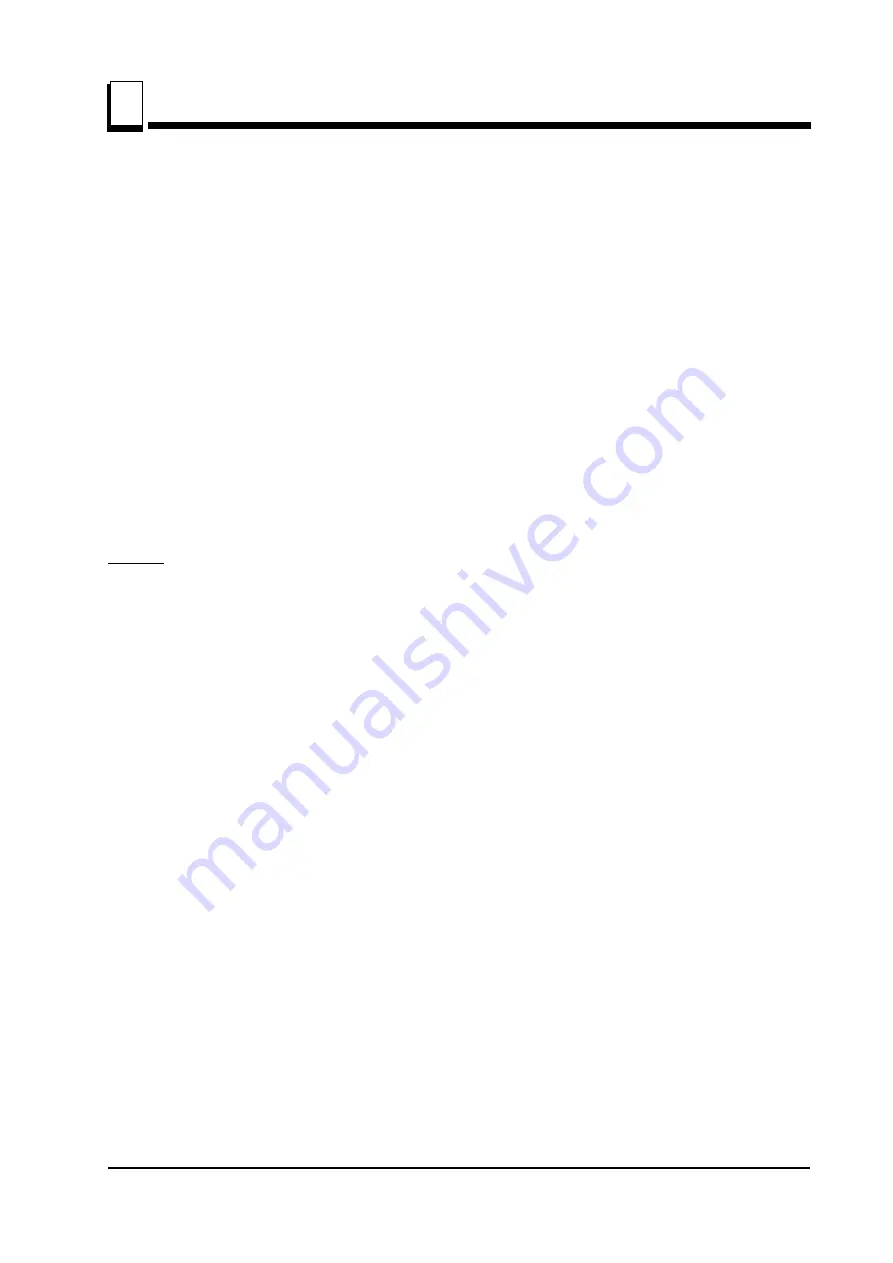
Working on the machine tool
Machining
5
5-9
15doc030910
Working on the machine tool
In that case, one has to stop the mouder and reduce the allowance for machining. On no account
should one reset the adjusted tolerances.
f)
adjust the upper pressure element 3 (Fig.3) (in case of an narrow element one should
apply only one pressure roller – in case of a wide element, two pressure rollers placed as
close as possible to the vertical heads).
g)
Set the lower guide, similarly as the upper pressing element, that is in case of a narrow
element – one guide in the middle – in case of a wide element two guides, as close as
possible to the vertical heads.
5. When starting the machine tool one should start up (Fig. 4) in the following order: edging
machine 24, thicknesser 25, heads 33 and 34 and finally feed 37 or 38.
The feed speed should be selected according to the width of an element, machining amount as
well as the species of the wood. In case we want to machine elements on only one or two sides
one should set the vertical heads in their extreme side position (It allows power to the feed motor
without disconnecting the head drive).
Notice:
The cutter shaft drive of the edging machine and the thicknesser must always be connected –
therefore the edging table should be lifted to the table level of the thicknesser in case of one
sided machining. When working with the machine tool one should respect the following
principles:
1. One should always try to feed “butt to butt”.
The last element to be machined should be pushed out with the use of a piece of wood
with the following dimensions.
- thickness- the same as the machined element
- width
- smaller than the machined element (it must not be machined on the
heads)
- length
- not shorter than 1.2 m.
2. At least once a shift, check the operation of anti kick-back fingers by carrying out the following
steps:
-
Disconnect the machine by use of MASTER SWITCH.
-
Remove the upper shield
-
By use of a wooden bar, check if the pawls are free to be lifted and if they come down
loosely under their weight.
-
Check visually the condition of pawl edge. (they must be sharp).
-
Set the table at dimension ‘’x’’ (for instance x = 30 mm)
-
Put a board of dimension ‘’x’’ between the table and the pawls
-
With a violent move reverse to the shift direction try to withdraw the board.
The withdrawal of the board should not be possible.
-
Cover the upper shield
3. On a regular basis check the condition of feed rollers and table shafts (they must be clean



































